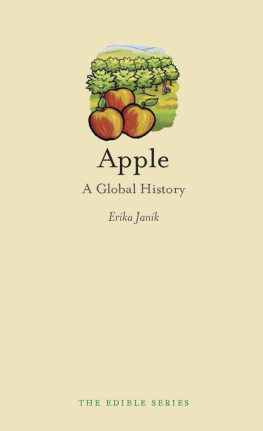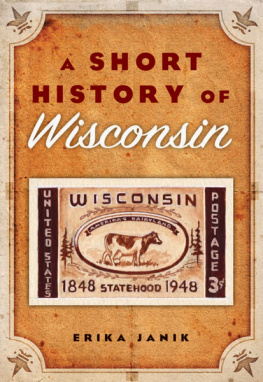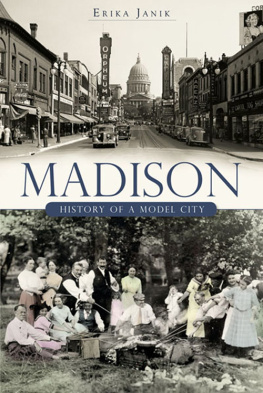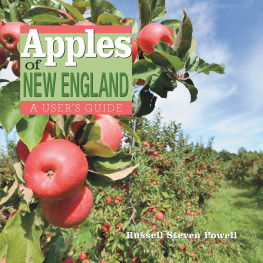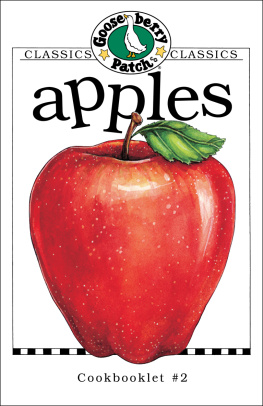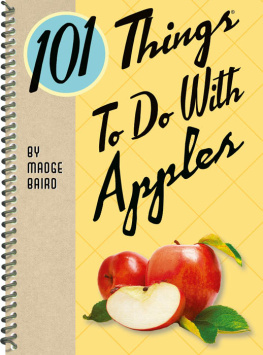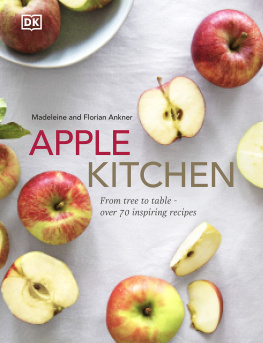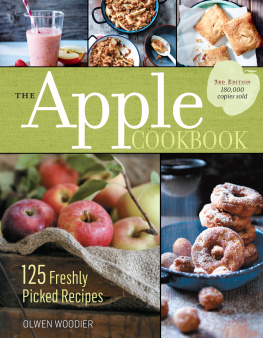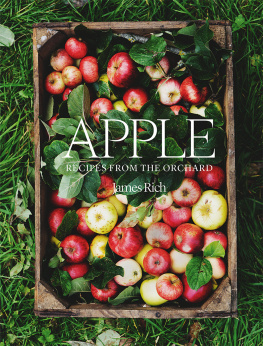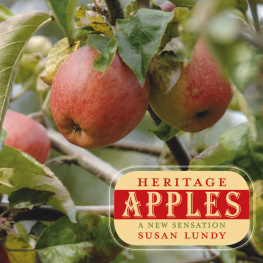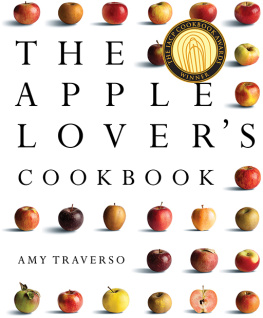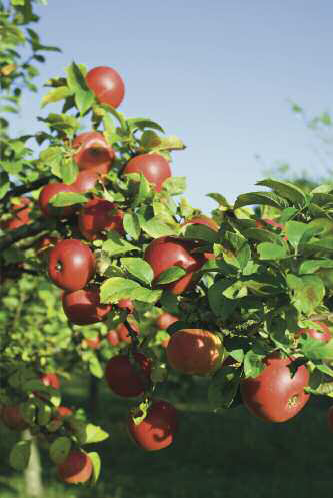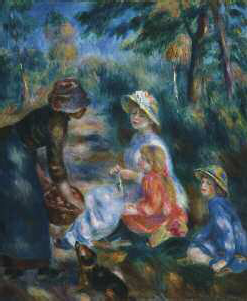Erika Janik - Apple: A Global History
Here you can read online Erika Janik - Apple: A Global History full text of the book (entire story) in english for free. Download pdf and epub, get meaning, cover and reviews about this ebook. year: 2011, publisher: Reaktion Books, genre: Romance novel. Description of the work, (preface) as well as reviews are available. Best literature library LitArk.com created for fans of good reading and offers a wide selection of genres:
Romance novel
Science fiction
Adventure
Detective
Science
History
Home and family
Prose
Art
Politics
Computer
Non-fiction
Religion
Business
Children
Humor
Choose a favorite category and find really read worthwhile books. Enjoy immersion in the world of imagination, feel the emotions of the characters or learn something new for yourself, make an fascinating discovery.
- Book:Apple: A Global History
- Author:
- Publisher:Reaktion Books
- Genre:
- Year:2011
- Rating:5 / 5
- Favourites:Add to favourites
- Your mark:
Apple: A Global History: summary, description and annotation
We offer to read an annotation, description, summary or preface (depends on what the author of the book "Apple: A Global History" wrote himself). If you haven't found the necessary information about the book — write in the comments, we will try to find it.
Gravenstein. Coes Golden Drop. Mendocino Cox. The names sound like something from the imagination of Tolkien or perhaps the ingredients in a dubious magical potion rather than what they arevarieties of apples. But as befits their enchanting names, apples have transfixed and beguiled humans for thousands of years. Apple: A Global History explores the cultural and culinary importance of a fruit born in the mountains of Kazakhstan that has since traversed the globe to become a favorite almost everywhere. From the Garden of Eden and Homers Odyssey to Johnny Appleseed, William Tell, and even Apple Computer, Erika Janik shows how apples have become a universal source of sustenance, health, and symbolism from ancient times to the present day. Featuring many mouthwatering illustrations, this exploration of the planets most popular fruit includes a guide to selecting the best apples, in addition to apple recipes from around the world, including what is believed to be the first recorded apple recipe from Roman gourmand Marcus Apicius. And Janik doesnt let us forget that apples are not just good eating; their juice also makes for good drinkingas the history of cider in North America and Europe attests. Janik grew up surrounded by apple iconography in Washington, the apple state, so there is no better author to tell this fascinating story. Readers will eat up this surprising and entertaining tale of a fruit intricately linked to human history.
Erika Janik: author's other books
Who wrote Apple: A Global History? Find out the surname, the name of the author of the book and a list of all author's works by series.

